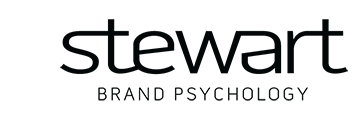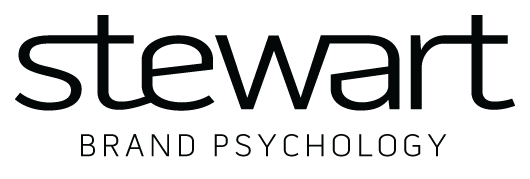Steve Jobs. When you hear his name, what do you think?
Apple innovator?
Amazing presenter?
Demanding executive?
Quick-tempered manager?
Confession, I don’t believe Steve Jobs is someone to model my life or management style after. However, I do believe I can learn a great deal from him. Especially when it comes to casting vision and holding onto strategy.
Countless books and articles are written each year about the importance of casting vision and developing a competitive strategy. In many of these, a critical aspect can be taken for granted, and in turn not put into practice by many leaders.
What is this neglected aspect?
Verbally, and regularly, setting context.
Getting employees to embrace your vision and strategy takes more than articulating a big hairy audacious goal. It requires more than painting a vibrant picture of tomorrow. It often hinges on your ability to provide context for why you’re doing what you’re doing and connecting that to your employees real-world experience (something adult education theorists call “Functional Context Theory“).
Employees don’t like to follow blindly. They don’t believe just because you “say so”. They are flooded by competing information in every area of their lives and have already formed their own opinions of your business. Without context, it’s hard to bring them along.
That brings us back to Mr. Jobs. He intuitively understood this.
Case in point: this internal company video from 1991, a 35-year-old Steve Jobs explains to NeXT employees the company’s marketing strategy.
Notice that he sets the entire conversation up with 2 “why” statements grounding his message with practical context.
“Hi, for those of you who don’t know me, my name is Steve Jobs and this is the first of many chalk-talks were gonna have this year together. The subject to this one is really important, which is, who is our target customer, why are they selecting our products over our competition, and what distribution channels are we going to use to reach these customers.
A lot of light bulbs have come on over the last 90 days. I’ve had the good fortune to be with a lot of you out on the field, meeting customers, getting first-hand information as to what they’re doing with our products. You have fed a lot of that information back to the management of this company and we’ve done a lot of thinking, and looked at the data and all the sudden out of this data some very, very, important things have come to light. I want to share them with you today.
“We’ve had historically, a very hard time figuring out exactly who our customer was, and I’d like to show you why.“
Brilliant! I want to know “why”. Don’t you?
So, the next time you find yourself frustrated and thinking that your employees don’t “get it”, pause and ask yourself, have I given them the context they need to “get it”?
If not, this is a good page to steal from the book of Steve Jobs, step back, explain why and bring them along.


